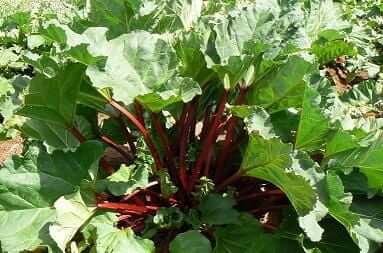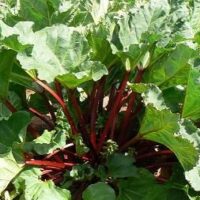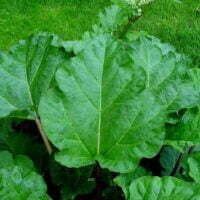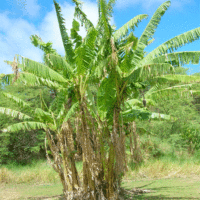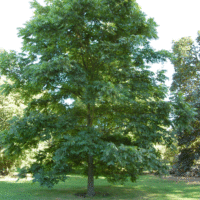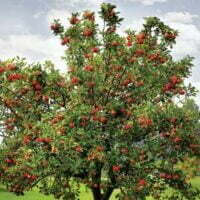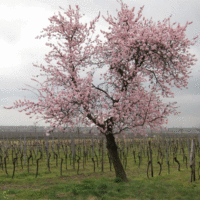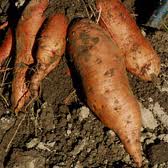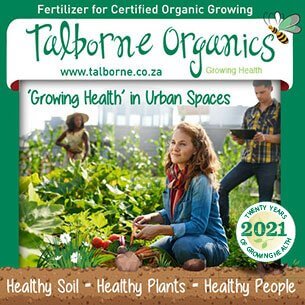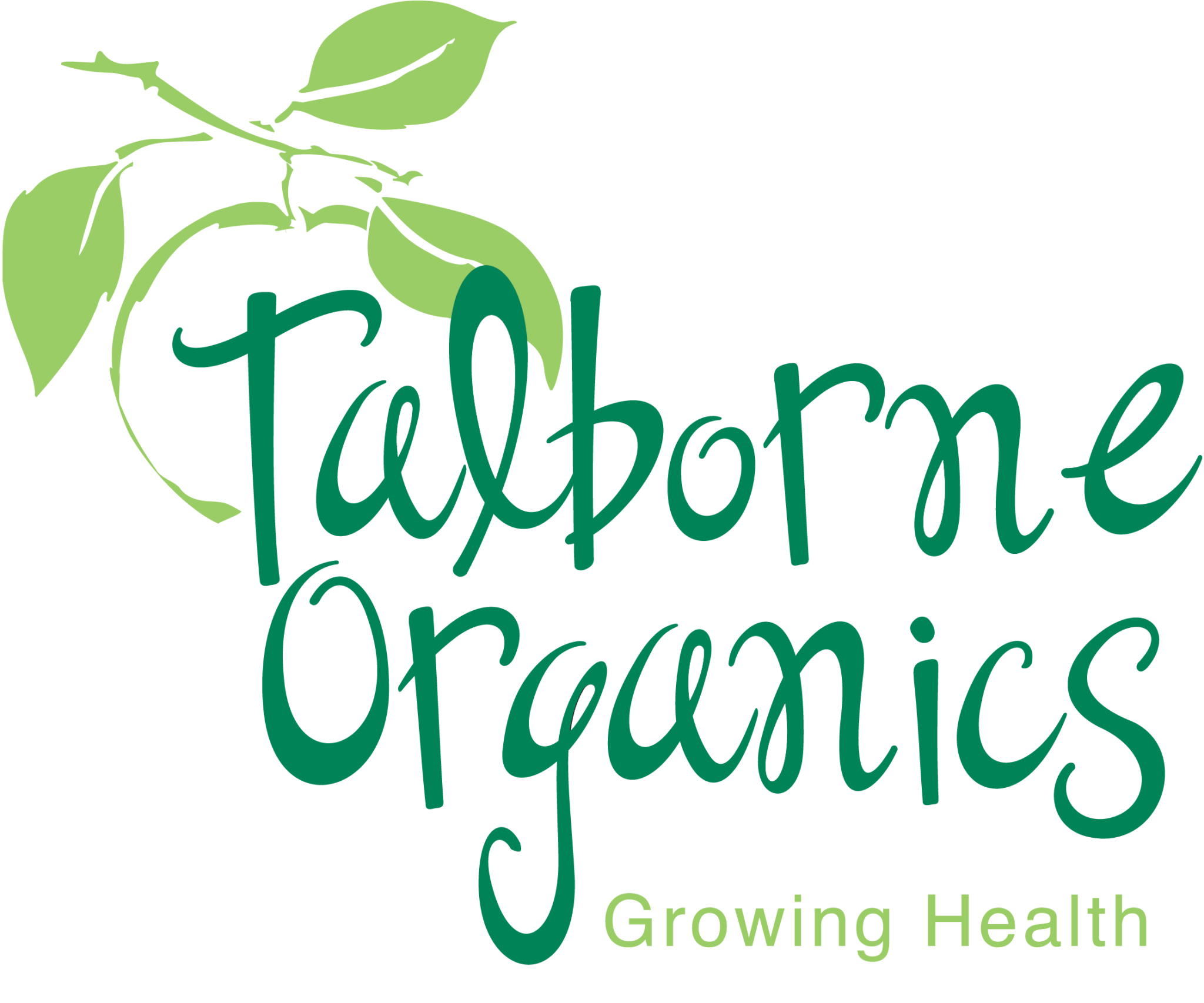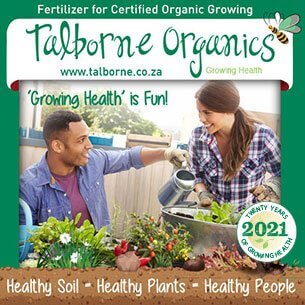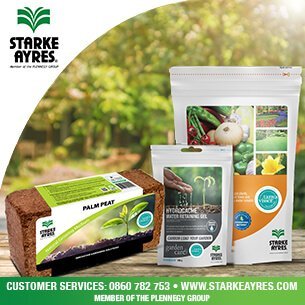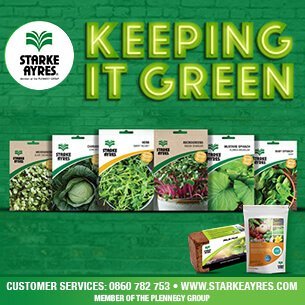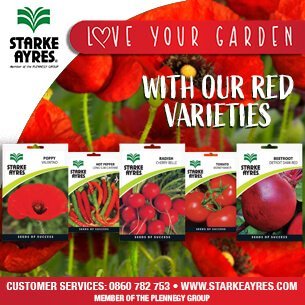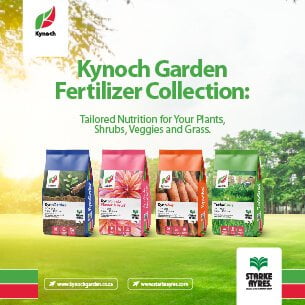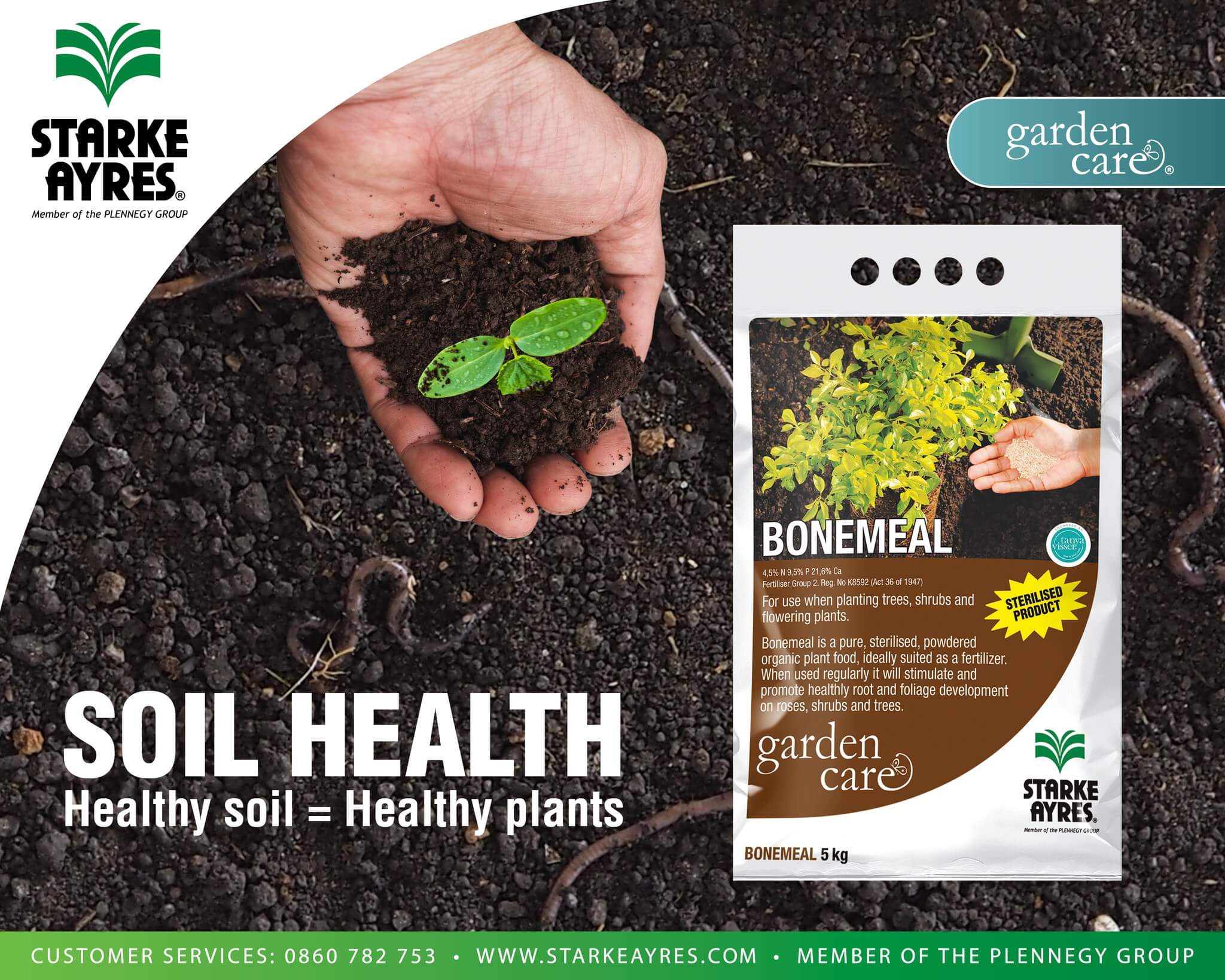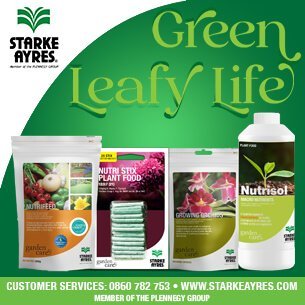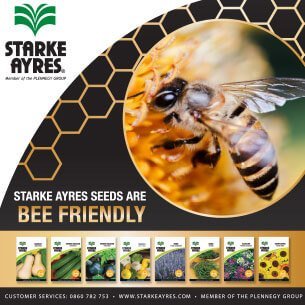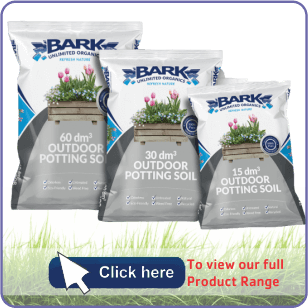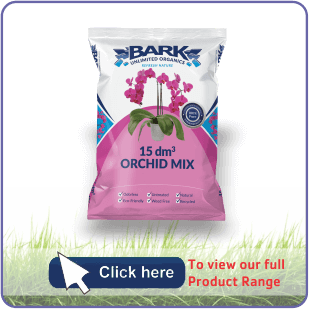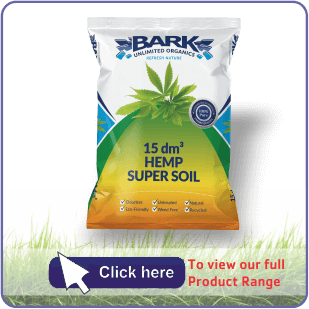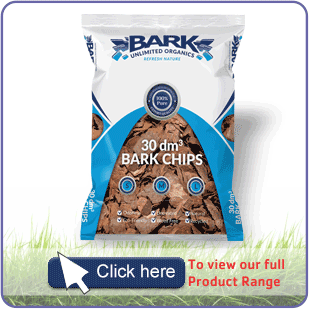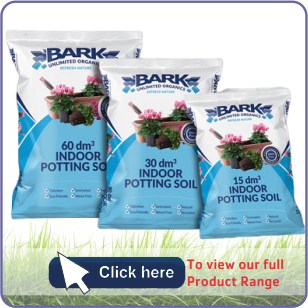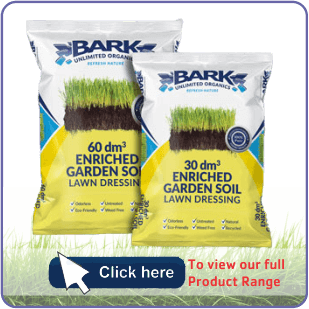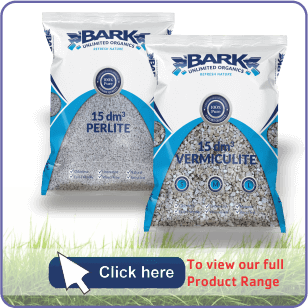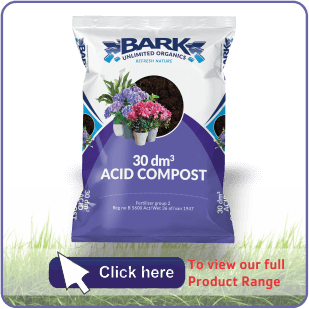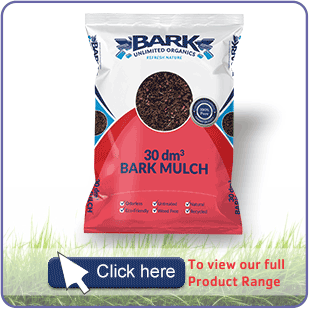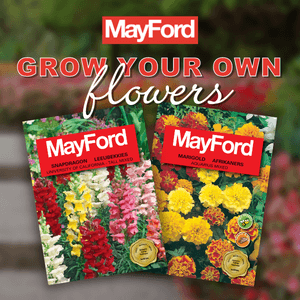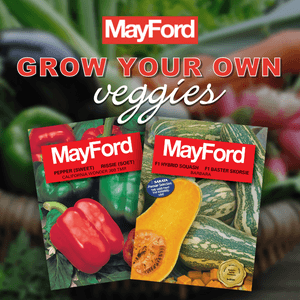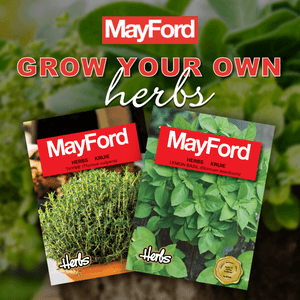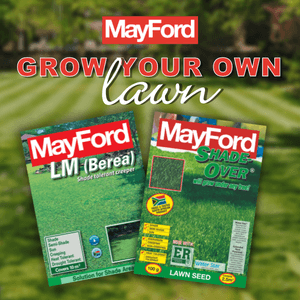| Botanical name | Rheum rhabarbarum |
|---|---|
| Plant Care |  Full Sun Full Sun – Prefers 6 or more hours of sun per day.  Frost Sensitive Frost Sensitive – Will Get Damaged and Possibly Killed During Periods of Frost.  Moderate Watering Moderate Watering – Requires Regular Watering.  Pruning Required Pruning Required – Needs to be Pruned.  Non Indigenous Non Indigenous – Exotic to South Africa. |
| Categories | |
| Common name(s) | Rhubarb |
| Origin | |
| Planting instructions | Plant in a bed where it can grow undisturbed for at least three to four years. Transplant well-established seedlings into rows 750mm apart. |
| Maintenance | Feed with well-rotted manure and general fertilizer in early spring.To encourage leaf growth, remove flowering stems as they appear.Water regularly. |
| Soil conditions | Well drained , Enriched |
| Uses | The stalks are stewed with sugar and used in desserts and pies. |
| Interesting planting ideas | Rhubarb can also be established by dividing mature crowns during winter.Plant crowns with about 50mm of soil covering them. |
| Interesting info | After picking, cut the leaves from the stalks and safely dispose of the leaves, as they contain oxalic acid, which is poisonous. |
| Possible problems | Poisonous Foliage |
| Common pests and diseases | Aphids. Crown rot in warm and humid weather conditions. |
| Recommended varieties | ‘Victoria’ is the only variety available in local seed catalogues. |
| Harvest | Pluck the outside stalks from large plants with a sideways and downwards action to pull them away cleanly from the crown. |
| Yield | Ten plants should yield enough stalks for a family of four. |
Rheum rhabarbarum (Rhubarb)
- Botanical name: Rheum rhabarbarum
- Common name(s): Rhubarb
- Categories: Fruits and Vegetables
Plant description:
A perennial that is usually grown in the vegetable garden. Plant in a bed where it can grow undisturbed for at least three to four years. leaf stalks are longer if grown in semi-shade. Plants require rich, well-drained soil and cool winters. The leaf stalks are the edible part; always discard the actual leaf, as it is toxic. The stalks are stewed with sugar and used in desserts and pies.
Family: Polygonaceae
Synonym: Rheum rhaphonticum
Botanical Pronunciation: REE-um ra-BAR-buh-rum
Rheum rhabarbarum requirements and features
info on these icons
Moderate Maintenance
Requires moderate maintenance.
Prohibited Use Notice: No Data Scraping Allowed Except for Search Engine Indexing:
The content provided on PlantInfo.co.za is intended for personal, non-commercial use only. Unauthorized extraction, reproduction, or use of the data, including scraping, for any purpose other than search engine indexing is strictly prohibited. Violations of these terms may result in legal action. By accessing and using this website, you agree to comply with these conditions and acknowledge the legal restrictions on the use of our content.
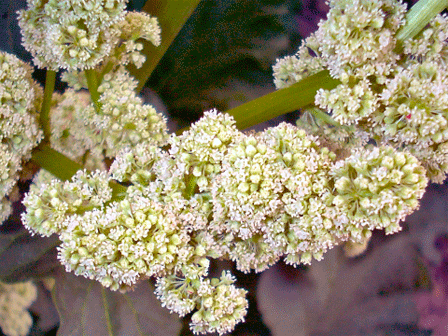
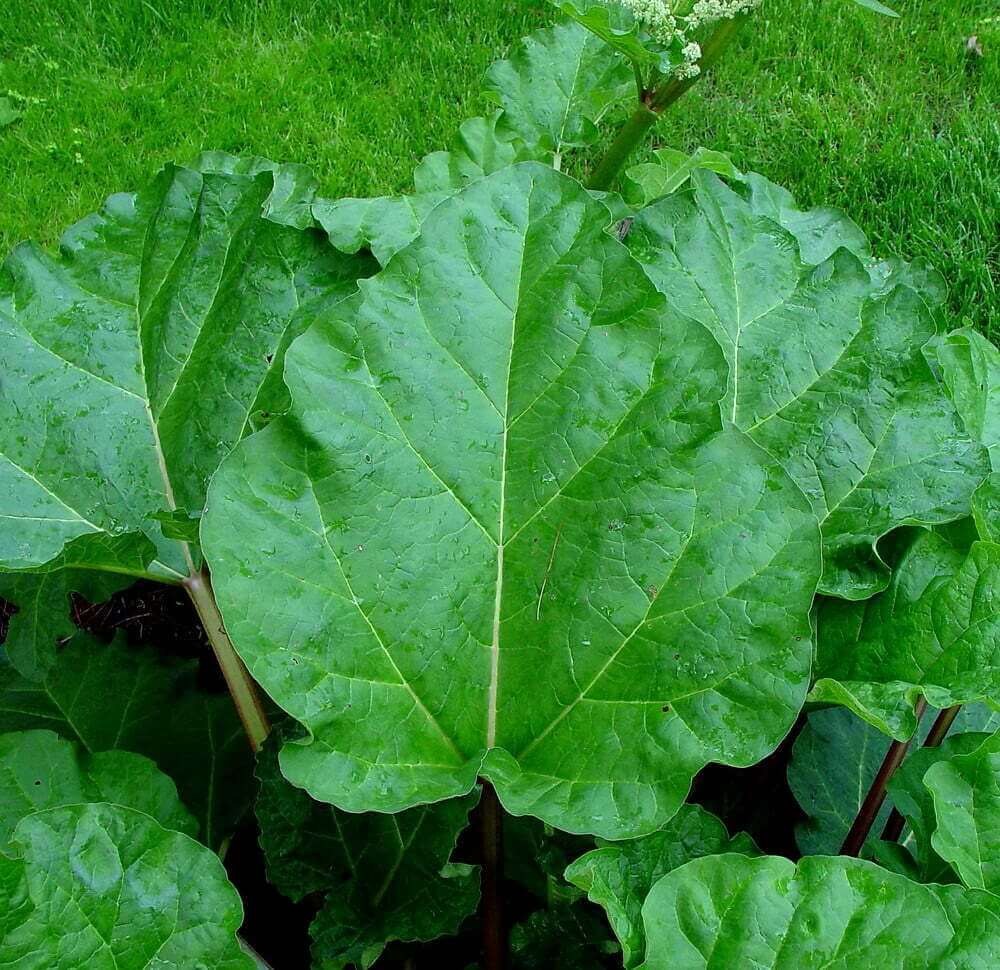
Related plants
Fruits and Vegetables
Fruits and Vegetables
Fruits and Vegetables
Fruits and Vegetables
Fruits and Vegetables
Fruits and Vegetables
Fruits and Vegetables
Fruits and Vegetables






